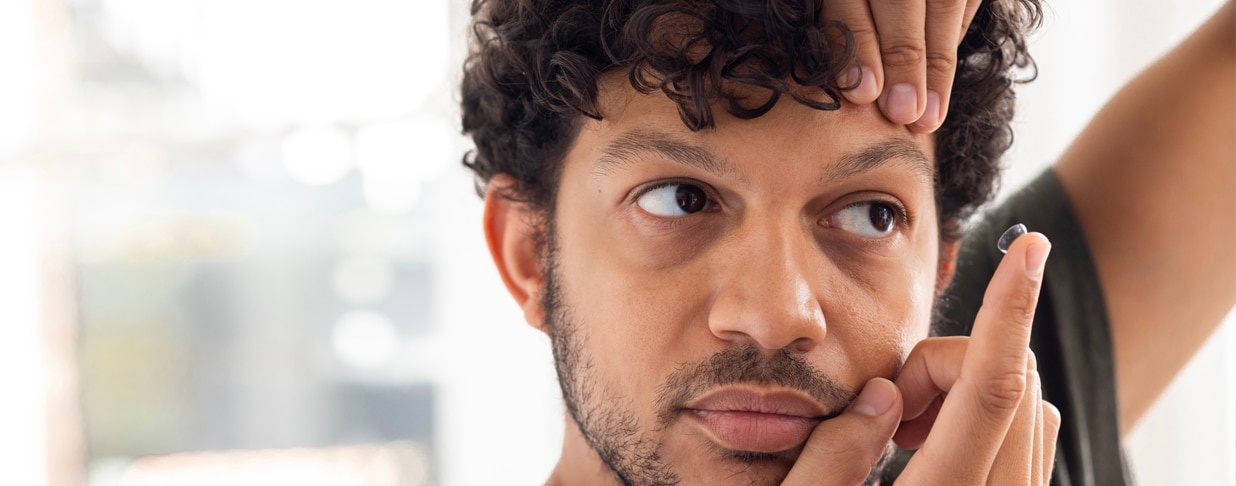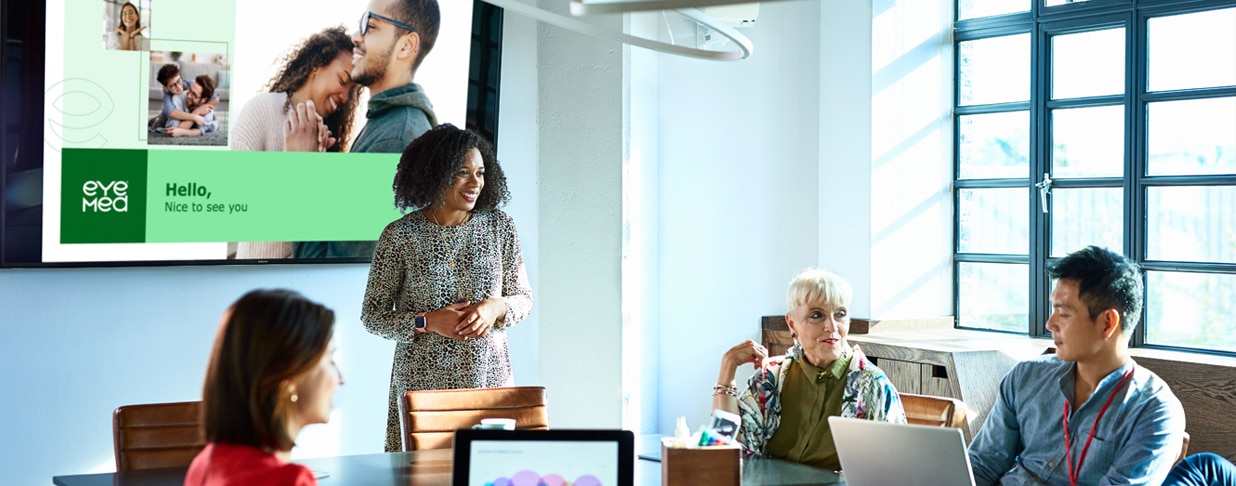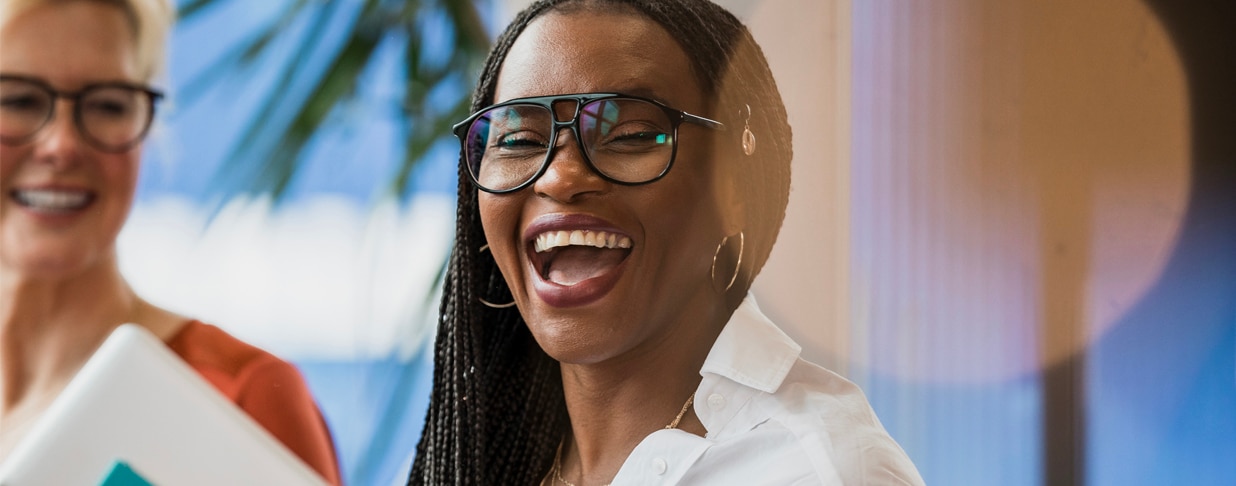Bifocal and multifocal contact lenses are great options for people who need vision correction for both distance and up-close tasks, especially if they’re starting to experience presbyopia—difficulty seeing items up close. Presbyopia is a normal, age-related change in near vision that usually becomes noticeable after age 40. You might realize you're holding your phone, books, or menus farther away to see clearly—that's a sign of presbyopia.
So, what's the difference between bifocal and multifocal contact lenses?
- Bifocal contact lenses have two distinct prescriptions in the same lens—one for distance and one for close-up.
- Multifocal contact lenses go a step further by offering a range of powers in the same lens, similar to progressive eyeglasses. In fact, "multifocal" is often used as a blanket term for any lenses with more than one prescription, including bifocals.
How do multifocal contact lenses work?
Bifocal and multifocal contact lenses work in two different ways:
- Simultaneous vision designs: These lenses have different areas for near, intermediate, and far vision. Your eyes automatically adjust to use the part of the lens that gives you the sharpest focus based on what you’re looking at. There are two types of simultaneous vision designs: concentric and aspheric.
- Segmented designs: These work a bit like bifocal or trifocal glasses. The top part of the lens is for distance, while the lower part is for close-up tasks. These lenses are usually rigid gas permeable, and you may hear them called "alternating" or "translating" designs.

Will multifocal contact lenses work for me?
Multifocal contact lenses have been around for a few years, but earlier versions didn’t always get the best reviews. But the good news is that with advances in technology, today's multifocal contact lenses are much better, and there’s a wider variety of designs to choose from. So, if one type doesn’t work for you, another might be just the right fit.
Your eye doctor might also suggest other options, like:
- Monovision: This involves using single-vision contact lenses, where one eye is corrected for distance and the other for close-up vision.
- Modified monovision: This approach uses a single-vision contact lens in one eye and a multifocal lens in the other for a blend of distance and near vision.
With these newer options, there’s a lot more flexibility to find something that works for your unique needs.
Tips for adjusting to multifocal contacts lenses
- Wear them often
The more you wear your new multifocal contacts, the quicker your eyes will adapt. It usually takes at least a week for most people to get fully comfortable with multifocal lenses, so regular use will help your eyes adjust faster. - Resist the urge to look down (especially when walking)
It’s common to want to look down when wearing new multifocal glasses or contacts, but that can actually make adjusting harder. Looking down can change your depth perception, making things feel off and even leading to accidents. Keep your head up to help your eyes get used to the lenses more quickly.
To learn more, speak with your EyeMed representative or visit eyemed.com




